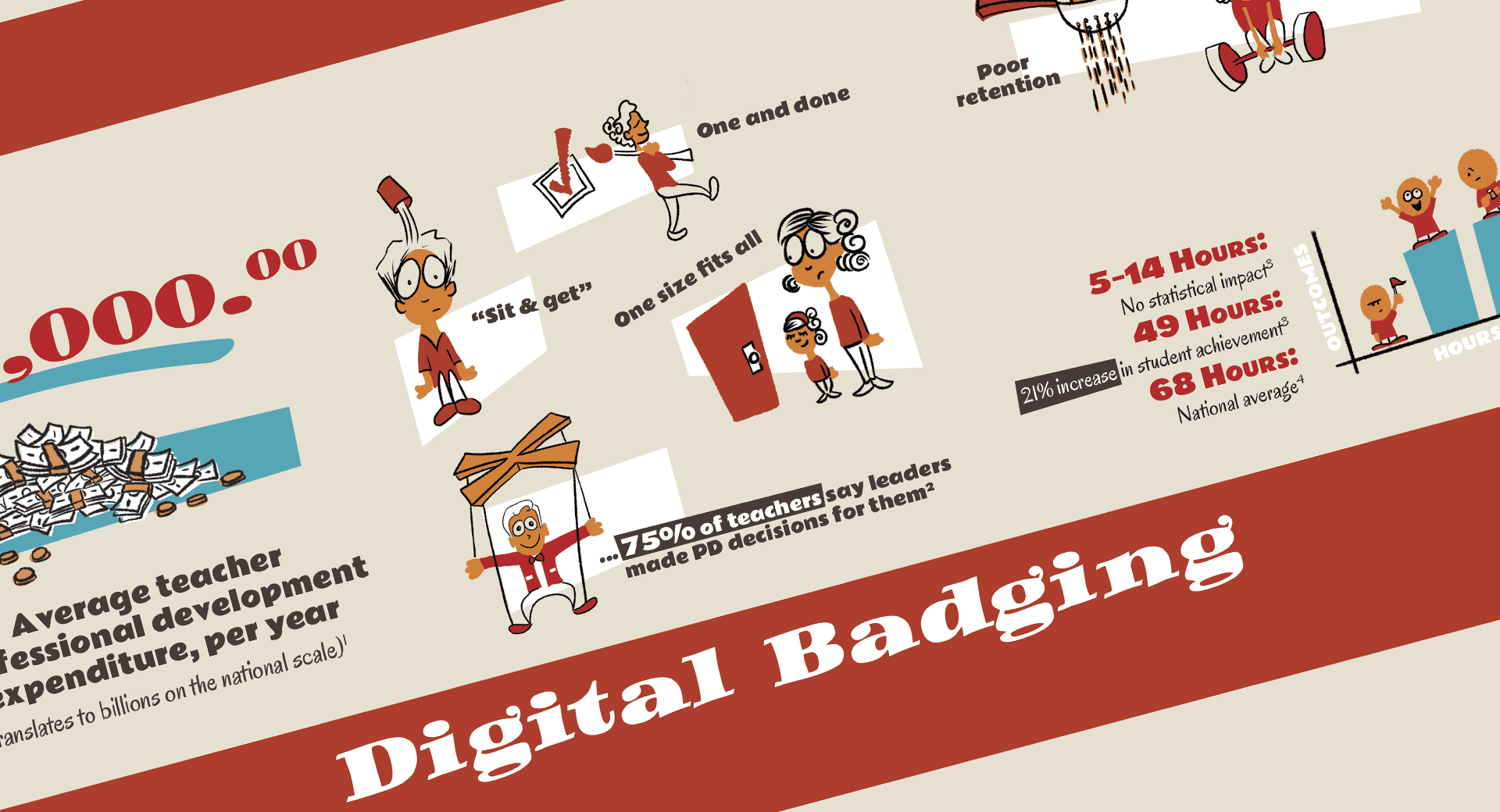
What is the 80/20 rule?
While many leaders have heard of the 80/20 rule, did you know its roots are in Italian land ownership? An engineer working in America studied the works of an Italian polymath, mathematician, and economist. The engineer applied the principle the polymath noticed: 80 percent of land in Italy was owned by 20 percent of the population. He also applied the concept to 80 percent of issues stemming from 20 percent of causes. The engineer added his interpretation of 80/20, dubbing the ratio “the vital few and the useful many.” How does the Pareto principle show up in K12 schools?Daily tasks
The principle illustrates a district administrator’s day quite well. Expect 80 percent of your time to be eaten up by 20 percent of tasks. Prioritization just got a whole lot more important. What’s in your top 20 percent of priorities? Since they’ll take up the most of your precious day, choose wisely.Focus vs. play
As a district leader and educator, this ratio is changeable. Which is the vital vs. the useful? Right now, after students finish learning to read, the bulk of their time is spent focusing on studies. The inverse is true for younger learners, who spend a good chunk of their school day at play. Is this the right ratio? Maybe. Standards, testing, and structured lessons are important, but play allows students to learn lifelong social-emotional skills alongside peers. Consider genius hours, project-based learning, and other max agency approaches contrasted with lecture or independent study.In this case, the principle may be changeable by the day or week, with some educators finding the vital few minutes of play need to expand.
High performers vs. typical performers
It’s fair to say a decent population of educators adheres to expectations, while a vital few consistently raise the bar of excellence in the district. How can district leaders coax more high performers into their fold?Destination districts have done a good job of both creating a healthy, supportive, and productive school culture and broadcasting their success. Educators and families alike seek out these districts because they want to be a part of the continued success. Even if your district is struggling today, investing in a brighter school culture can help. A rising tide lifts all boats.
Budget
Opinions about budget allocation are as numerous as stars in the galaxy, making it a challenge to sort out the vital few from the useful many. The numbers don’t lie: about 80 percent of public K12 budgets goes to staff salaries. This analysis from The 74 breaks down the numbers further, but the principle is demonstrated across the nation. In this case, the salary and benefit expenditure is the vital many, while operational, services, and other expenses represent the useful few. School districts are only as good as their team of educators.PD quality vs. PD quantity
Professional development planning always feels a little tricky. What does the vital few of professional development look like? The original Pareto principle states that 80 percent of issues stem from 20 percent of causes. One application of this principle to PD would be identifying the top 20 percent of goals that will impact the widest audience of students. Narrowing the focus of PD may in turn produce greater results than casting a wider net.How does the 80/20 rule show up in your school district? Here’s to 80 percent of our days being informative and inspirational.
Follow-up resource: Polish your PD plans now
Is professional development an opportunity or a chore? Let's examine the challenges.WHAT'S NEXT FOR YOUR EDTECH? The right combo of tools & support retains staff and serves students better. We'd love to help. Visit skyward.com/get-started to learn more.

|
Erin Werra Blogger, Researcher, and Edvocate |
Erin Werra is a content writer and strategist at Skyward’s Advancing K12 blog. Her writing about K12 edtech, data, security, social-emotional learning, and leadership has appeared in THE Journal, District Administration, eSchool News, and more. She enjoys puzzling over details to make K12 edtech info accessible for all. Outside of edtech, she’s waxing poetic about motherhood, personality traits, and self-growth.




